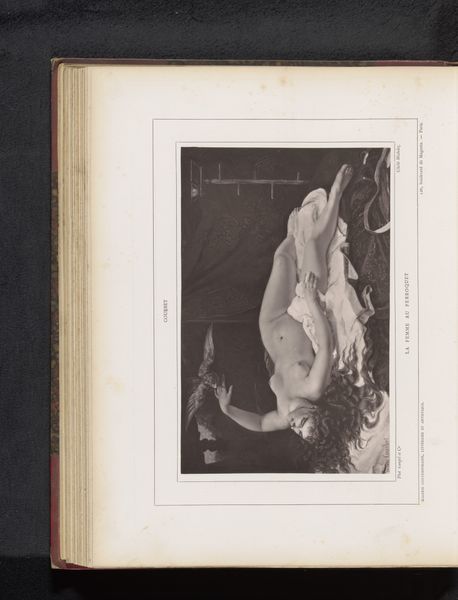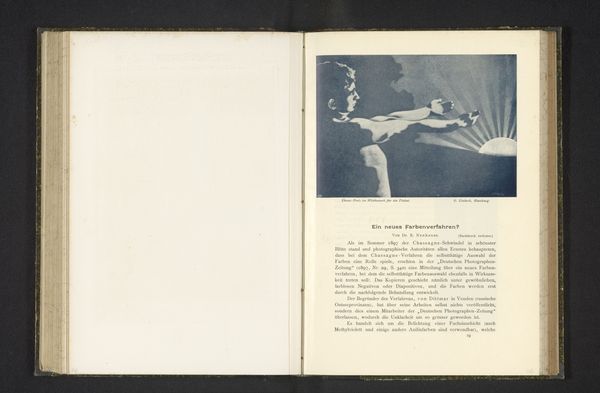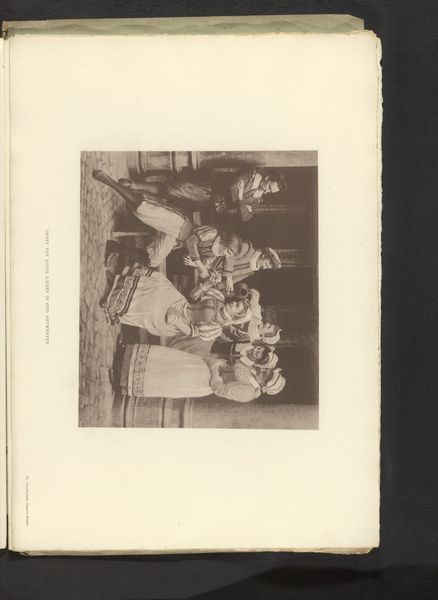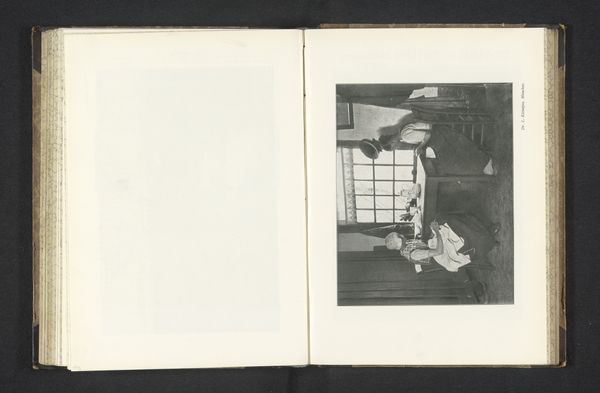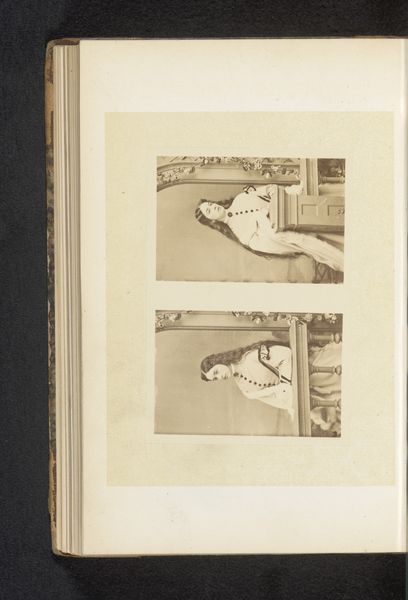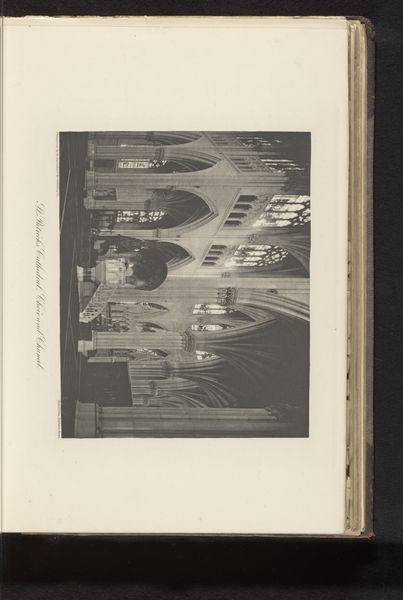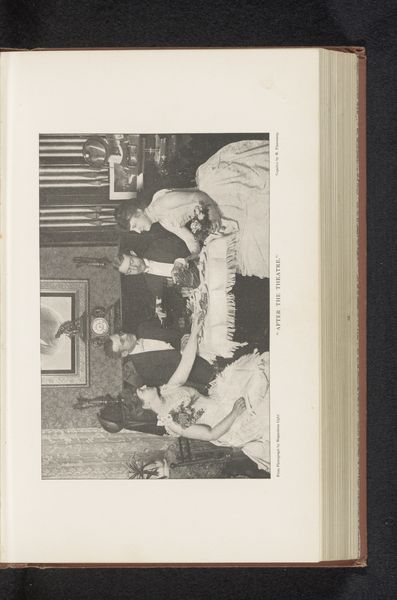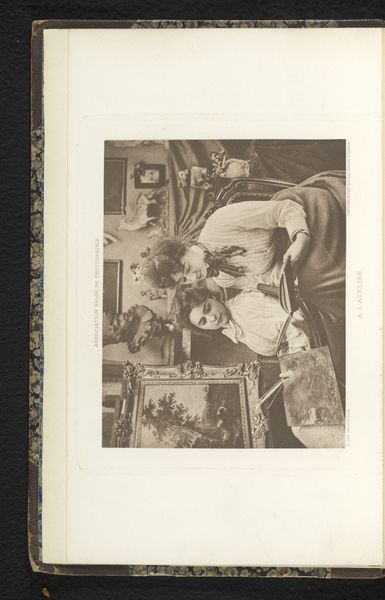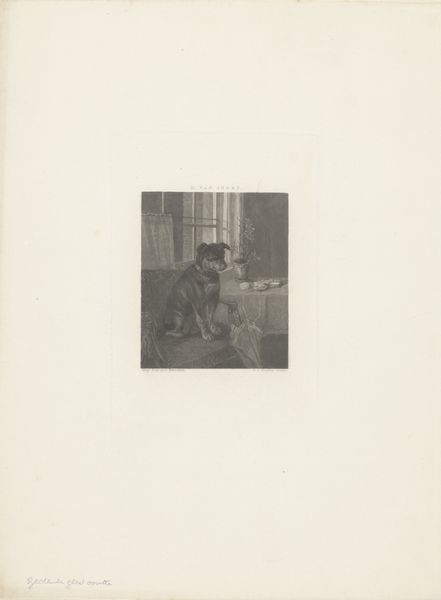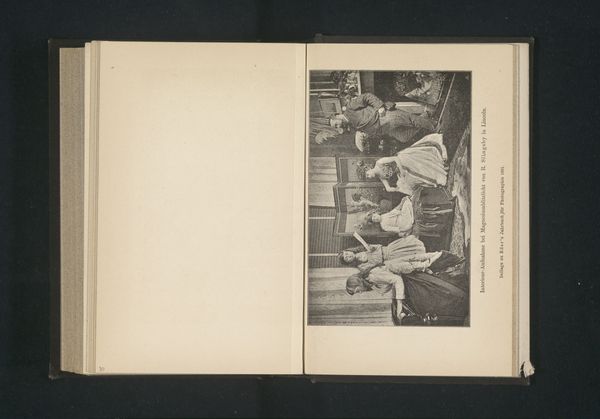
photography, gelatin-silver-print
#
portrait
#
aged paper
#
toned paper
#
pictorialism
#
ink paper printed
#
photography
#
gelatin-silver-print
Dimensions: height 110 mm, width 147 mm
Copyright: Rijks Museum: Open Domain
Editor: This gelatin-silver print, "Onbekende vrouw die haar handen opwarmt," or "Unknown Woman Warming Her Hands" by Constant Puyo, predates 1902. It’s giving me such a sense of intimacy, like we're intruding on a private moment. What story do you think it's telling? Curator: Puyo’s work here engages with the rise of pictorialism in photography. How can photography be art? This photograph challenges notions of objectivity; it is not a record of reality, but an interpretation. Do you notice the soft focus and tonal range typical of pictorialism? These elements helped elevate photography into the realm of art during a time when painting reigned supreme. Editor: Absolutely, it feels painterly rather than sharply photographic. I see the way she has the expression and the hands as the object and they create something like a spotlight within the image. Curator: Right. Consider how Puyo used female subjects, and domestic settings like the title *Au Foyer* suggests. His work engaged with contemporary debates surrounding femininity and domesticity at the turn of the 20th century. Who gets depicted, how and why? These issues concerned many art critics, artists and historians, when considering this photograph as public art. Editor: So, it's about more than just a woman trying to get warm; it's about photography asserting itself as art and exploring new societal norms? Curator: Precisely. Understanding its place in art history reveals the cultural currents that shaped its creation and reception. What was the public's understanding about photograph and art history back then? It also begs the question to explore the museum’s roles as a repository of art, as an active participant in these ongoing dialogues and negotiations between what it meant to be both woman and art. Editor: I never would have considered it that deeply! I am very grateful to know more now about the art background for my own learning. Thanks for broadening my perspective! Curator: You are welcome. Always remember: Art, as seen and understood, will always remain political.
Comments
No comments
Be the first to comment and join the conversation on the ultimate creative platform.
